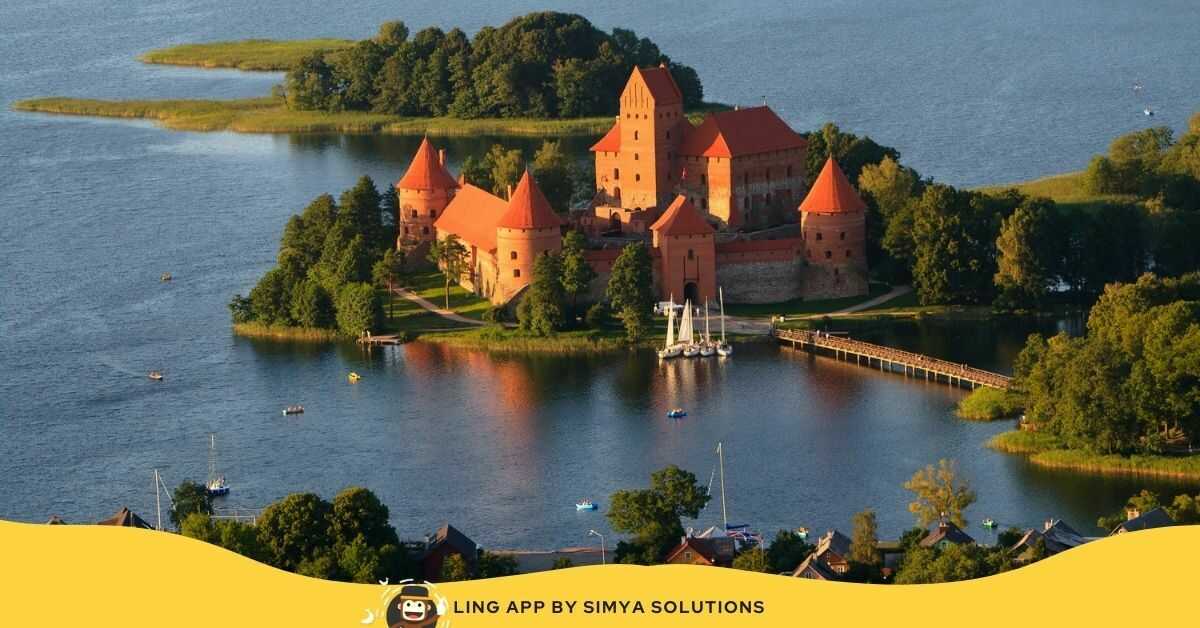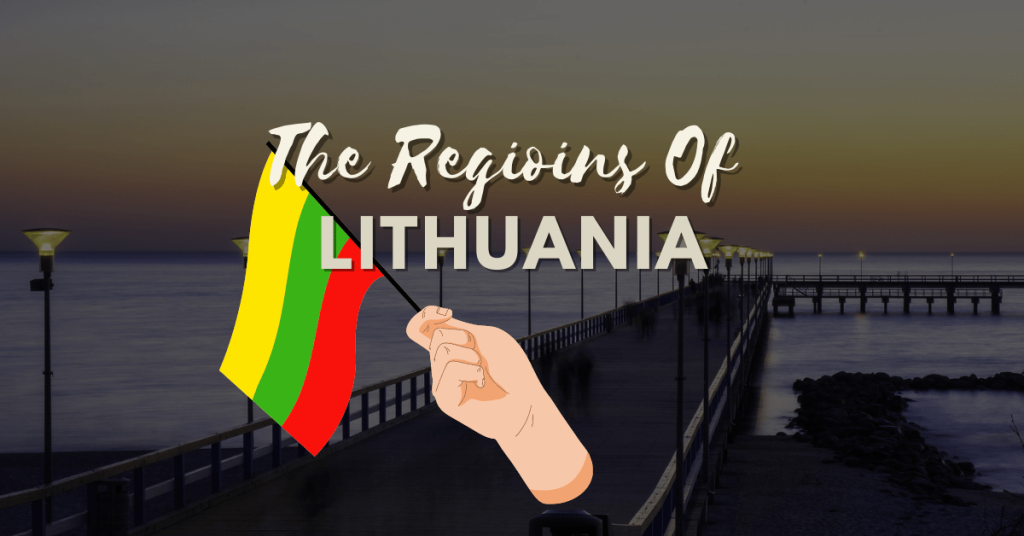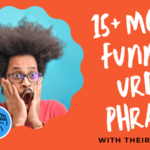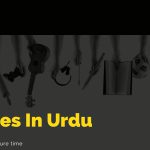Do you know that Lithuania is divided into 5 ethnographic regions? These regions of Lithuania have been formed since the 13th century. Just like in many other countries, the ethnographic regions were divided based on the different folk cultures, and dialects spoken in the Lithuanian language, cultural details, behavior, and different aspect of living. If you dig deeper into their history, you will also find differences in their clothing style, ton building style, and others. Interested to learn more about how it works? Then now is the time to continue reading below!
Regions Of Lithuania

Lithuania Minor
Lithuania Minor is the ethnic region located in the southwestern part of Lithuania. Out of the five Lithuanian regions, Lithuania Minor was the one dominated by the German states before the twentieth century, except on a few brief occasions. It used to be the most known ethnographic region.
Even though the people there were once under the rule of Germany, they spoke Lithuanian and this region served as the cultural heartland of Lithuania.
One of the reasons why it used to be the most distinct region is that it is the place where the first Lithuanian books were printed. In one of the previous posts, I have written about the dark history of Lithuanian writing where the Russian Empire banned the use of the Lithuanian language in education and publishing. Thus, the book carriers would smuggle Lithuanian literature from this land to the Russian-occupied land in the 19th century.
So over the years, Lithuania Minor adopted some German cultural practices, like the Lutheran faith.
After World War 1, the Klaipėda Region, which is a small part of north Lithuania Minor went to Lithuania- this also lead to people campaigning for the rest of the region to be united under Lithuania. However, in present-day, only the Klaipėda Region is the country, while the rest of the region is German.
Some Cities in this region:
- Klaipėda: it has a rectangular street plan and German-built homes.
- Curonian Spit: Beautiful dunes and forests, part of the UNESCO heritage site.
Dzūkija
This region is in the southeastern part of Lithuania. Out of the five ethnographic regions, Dzūkija has something it is very famous for, it took me by surprise when I first found out. This land is widely known for mushrooms (and berries). there is a saying,
“If not for mushrooms and berries the Dzūkian girls would be naked”
Mushrooms will probably be one of the first few reasons for me to visit this place. You can try foraging for mushrooms if you want to risk your lives picking poisonous ones, or you can just buy it since fresh mushrooms and berries are sold in many places there. Dzkija’s dried, pickled, or deep-frozen mushrooms and woodland berries used to be sold to distant Russian lands, and now, they are sold as gourmet foods in supermarkets across Lithuania and Western Europe.
Aside from mushrooms, this region has majestic forests dotted with serene lakes and rivers, blessing the land full of wonderful flora and fauna.
Aukštaitija
Aukštaitija can be translated to “high land”, so it is literally highlands. This is due to its location in the northeastern and eastern parts of the country. It is also the biggest ethnographic region out of all other regions.
Auktaitija is home to many of Lithuania’s most interesting small towns. This includes
- Kėdainiai, an old town made of bricks
- Biržai, with its seventeenth-century castle
- Anykščiai, a city that has many interesting places.
- Panevėžys, with a local population of 100000. it is the only main city in this region and was largely damaged in world war I and II, hence why it seems a bit weathered.
Samogitia / Žemaitija
The name translates to “low land” in the Lithuanian language. What stands out in this region is the dialect of the local people. The Samogitian dialect, compared to the other dialects and the standard Lithuanian language is more different.
The land was conquered many times as it was sought by the Teutonic Order in the thirteenth to fifteen centuries, but it was eventually reunited with the rest of Lithuania. This land was also the last area to be Christianised in Lithuania, due to the many disputes and the thick woodlands.
Some of the places in this region include,
- Telšiai – recognized as the capital of Samogitia f Teliai residents declared “Samogitian” as their ethnicity in the census, which shows how serious they are about their identity. The museum, cathedral, and wooden old town are all worth seeing.
- Palanga seaside resort- is the most prominent tourist destination in this region. It is also Lithuania’s largest resort.
Sudovia / Sūduva
Compared to other Lithuanian regions, this is The smallest ethnographic region of Lithuania. Even though it is small, its dialect is what the standard Lithuanian language is based on. Sudovia is also the only region without a national park.
The regional capital, Marijampolė, has many interesting structures like churches and monasteries, and the famed 19th-century Rygiki Jonas high school, which is still considered one of Lithuania’s best. The historic town of Marijampol, on the other hand, is not in good shape, with numerous contemporary Soviet buildings encircling the older ones.
The southern part of Sudovia is part of Poland. They still have a strong Lithuanian spirit though. Many interesting places are in the Poland part of Sudovia are closer to the Lithuanian border but further away from Polish cities.
Wrapping Up
Now that you have read about these regions, it will surely help you with your visit-Lithuania-itinerary. But if you want to visit this country, wouldn’t it be better to learn more about the culture and language before you go, to get the full experience of being in a different country? That is also why you need to download Ling App NOW. It is easy to use and very helpful for non-mainstream languages like Lithuanian. You can learn vocab (may it be for colors, numbers, or even about transportation), pronunciation, sentence structure, and many more just on your smartphone with an internet connection. No stress, learn as you go. Sėkmės!
















